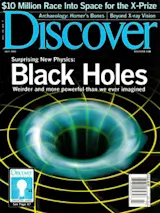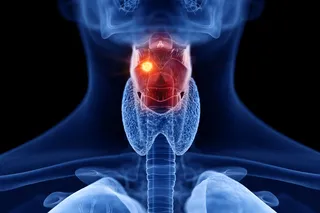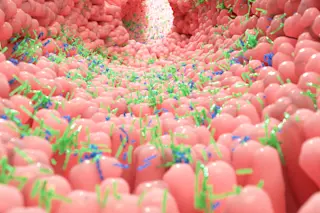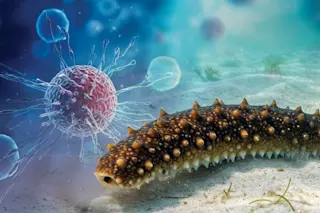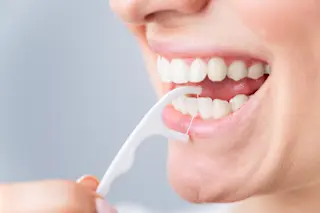Photograph by Rebecca GreenfieldThe cancer news can make your head spin: Charred meat is dangerous, and this or that gene kills. Most recently, some studies have shown that mammograms may do more harm than good—even as some doctors promote the idea of whole-body screening to get an early jump on cancer. How to make sense of it all? Steven Goodman, a professor of oncology, biostatistics, and epidemiology at the Oncology Center at Johns Hopkins School of Medicine, has spent his career decoding the meaning of such medical statistics. He spoke with Discover reporter Jocelyn Selim.
What do you make of the media obsession with genetic and environmental risk factors?Almost every disease involves both genetics and environment. So what does it mean if you have a gene that makes you susceptible to some environmental insult, and then you get the insult? What was responsible for your cancer? It's often said that ...


